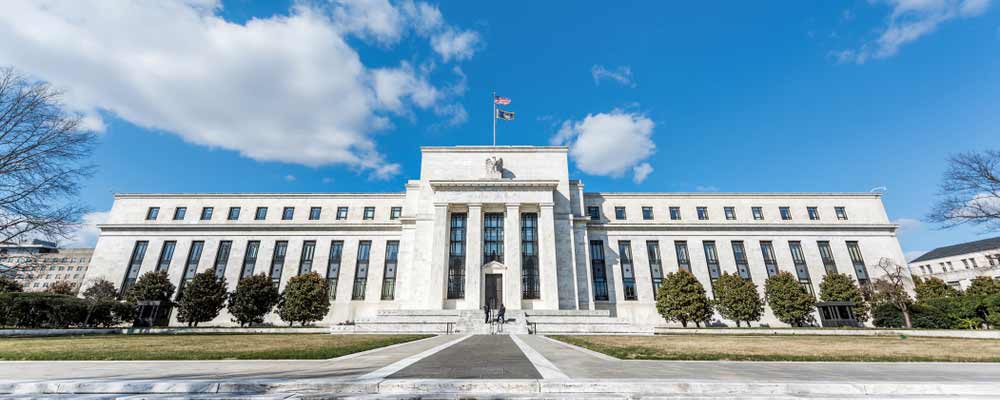Investors know global trade is important. If they forgot that fact, recent fears of trade wars reminded them.
In the past few weeks, it seems stock market volatility increases every time a global leader mentions tariffs.
It’s all a reminder how important global conditions are to the economy. This is true for manufactured goods, the object of tariffs. Globalization even applies to money and the stock market.
Money crosses borders more easily than people. So, changes in the money supply of one country influences the global market.
Now, the Federal Reserve shares the world stage with the European Central Bank (ECB), the Bank of Japan (BOJ) and other central banks. This is good news for investors as the Fed tightens its monetary policy.
Tight money policies include raising interest rates. Since the global financial crisis, tightening also includes shrinking balance sheets.
Responding to the crisis, central banks started buying bonds. The Fed bought Treasurys and mortgage-backed securities. Its balance sheet, the measure of assets it owns, ballooned from $800 billion to more than $4.5 trillion.
In 2015, the Fed reversed course. Now, it’s reducing its balance sheet, decreasing the amount of money in the economy.
Stock markets react to changes in the money supply. Tightening is often bearish for stocks. Almost all previous tightening episodes led to stock market sell-offs.
Rising Interest Rates
But globalization means U.S. stocks now react to changes in the supply of euros and yen in addition to dollars. That explains why stock prices are rising as the Fed raises interest rates and shrinks its balance sheet.
The Most Important Chart for Long-Term Investors
The truth is that 20 years ago, current Fed policies would have sunk stocks. Now, the ECB and BOJ are offsetting the bearish influence of the Fed and pushing stocks up.
The chart below shows the relationship between the world’s largest central banks and the S&P 500 Index. The blue line is the combined assets of the Fed, the ECB and the BOJ. All assets are in dollars. The black line is the S&P 500.
Global central bank policy explains why stocks rallied in recent years. The chart also explains why the S&P 500 stalled in 2015.
In the summer of 2015 the central banks — as a group — stopped expanding their balance sheets. The S&P 500 fell 15%. The index started to rally at the same time global balance sheets started growing in November 2016.
This chart raises the question of whether President Donald Trump’s election or central banks sparked 2017’s rally. This chart also explains this year’s February sell-off. And now it tells us to expect a rally in stocks this year.
This is the most important chart for long-term investors to follow. While many analysts and investors look for stories, it’s money that moves markets. And central banks determine the money supply. That means their policies determine the primary trend of the stock market.
The chart above is bullish in the long run. Day to day, stocks will react to news. But the direction of the underlying long-term trend is up.
Days when prices decline are buying opportunities until central banks start reducing their collective balance sheet.
Regards,
Michael Carr, CMT
Editor, Peak Velocity Trader
